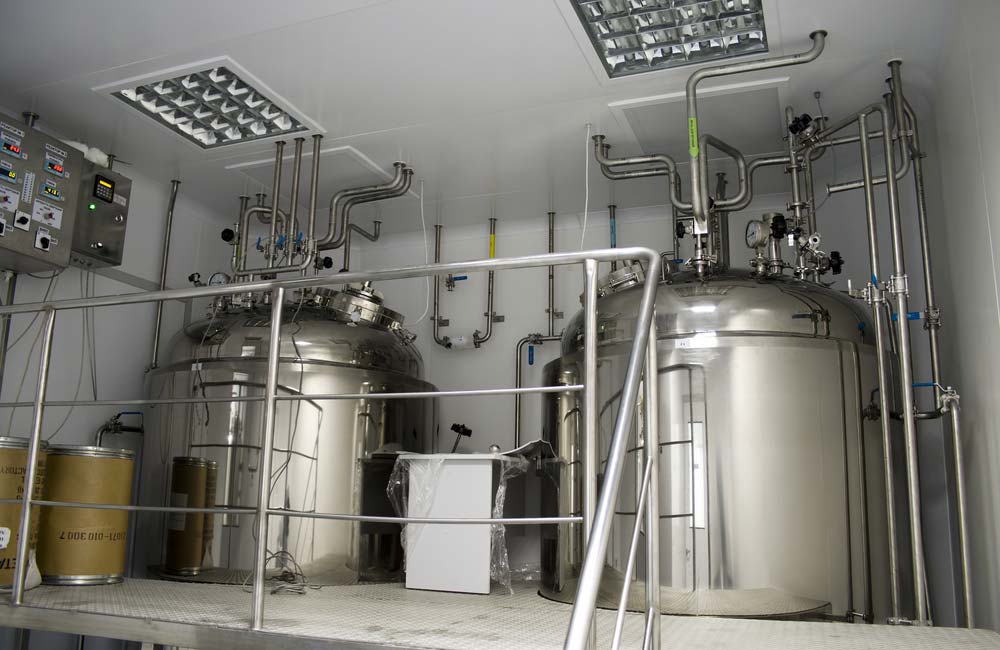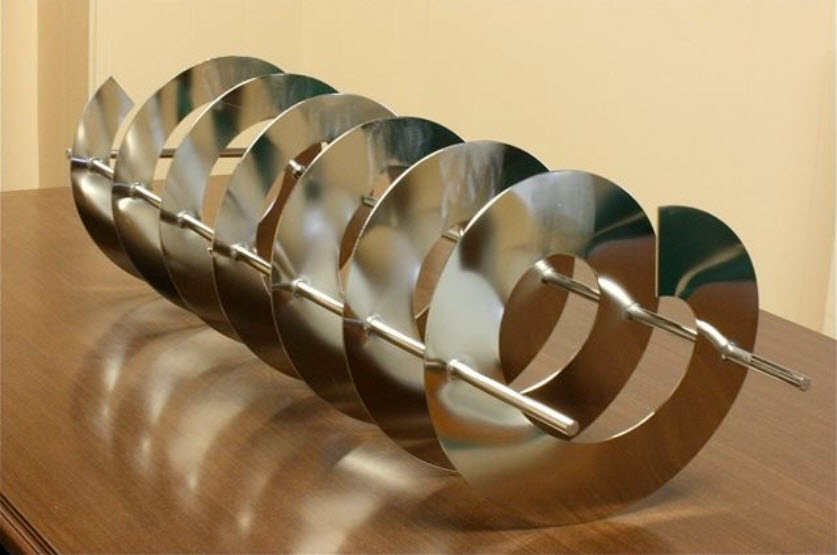Passivation

Corrosion resistance of stainless steel and other metals depends solely on the metal’s surface conditions, particularly the amount of surface oxides present (passive layer). Passivation phenomena (changes occurring on a stainless-steel surface) can modify the corrosion rate to make the steel more resistant to corrosion (passive).
The chemical composition of stainless steel’s passive layer differs from the basic composition of the metal core beneath:
- Approximately 65% Cr + Chromium oxide
- Approximately 35% Fe + Iron oxide
- Very low percentages of molybdenum and nickel
Passivation phenomena do not always lead to passive conditions. The colored oxide film that appears in stainless steel during welding and black scale that forms during hot rolling are less protective.
Passivation phenomena do not always lead to passive conditions. The colored oxide film that appears in stainless steel during welding and black scale that forms during hot rolling are less protective.
The protective oxide layer is typically about 1.5-2.5 nm and visible through specialized microscopes (TEM). Chromium has a strong affinity with oxygen, making chrome very reactive to steel in oxygen-rich environments. Chromium tends to form very stable oxides and hydroxides. These compounds suppress unwanted reactions that can lead to stainless steel corrosion. Since stainless steel is 11% or more chromium, it attracts oxides to its surface, forming a protective layer. The electronic conductivity of the passive layer generates the chemical oxidation-reduction processes that stop the corrosive circuit.
The percentage of chromium and other substances present in steel is one of the factors that influence the quality of the passive layer. AISI 200 series steel will have a lower corrosion resistance than an AISI 304, which has a lower concentration of nickel. With less nickel, metal does not have the ability to reform the passive layer quickly after abrasion processes and pickling.
Another key determinant of the passive layer’s quality is stainless steel surface finishing. Electrochemically polishing stainless steel ensures:
- A smooth and homogeneous passive layer grain microstructure
- Improved surface adhesion as roughness decreases
- Freer migration of chromium atoms to the surface
- Better chemical interaction with ambient oxygen, promoting passive layer thickness.

If the surface finish has been subjected to mechanical abrasion (satin finish):
- The microstructure is not homogeneous.
- Contaminated abrasive substances interlock on the surface, becoming points for pitting corrosion.
- The passive layer thins.
Thermodynamic characteristics (temperature, oxidizing environment, etc.) determine whether the passive layer can adjust, stabilize and become more durable over time.
During standard operation, the quality of the passive layer is independent of:
- Clean air
- Pure water
- Passivation in concentrated nitric acid at 5% - 30%
The following factors govern the time needed to achieve stainless steel passivation:
- Clean air: around 48-96 hours
- Pure water: around 6-15 hours
- Passivation in concentrated nitric acid at 5% -30%: around 30-120 minutes
Finally, the quality of the passive layer is determined by the percentage of alloying substances inside the steel and whether the thermodynamic environmental conditions promote a compact, chemically stable layer. Passivation time is determined by the different environments in which the steel is exposed. Electropolishing is the best method for obtaining a homogeneous, passivated stainless-steel surface that is free from contamination.



